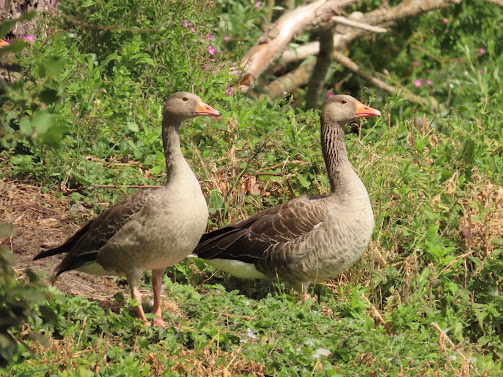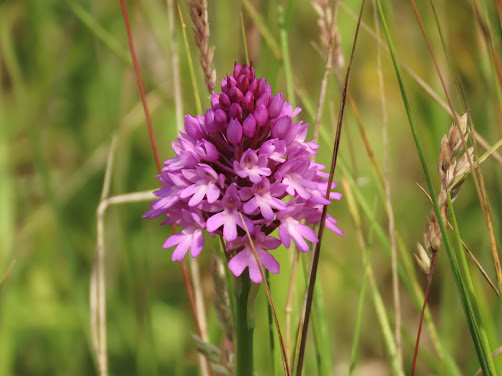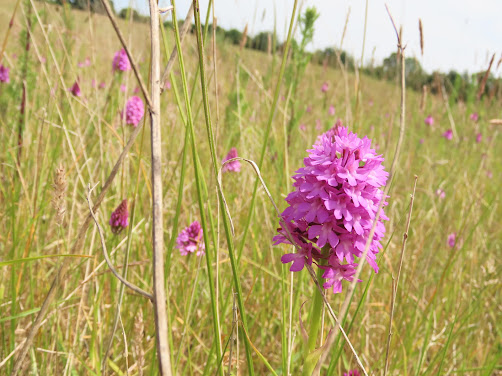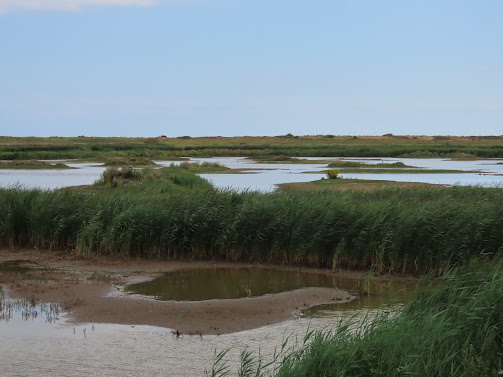The only island to exist in Suffolk, Havergate, is a strange concoction of tidal lagoons, shingle stack and saltmarsh. Its an RSPB reserve, originally bought for the then rare AVOCETS that nested there. Today I saw several hundred, they breed and winter in the area in large numbers, but back in the 1940s they were so, so rare, the first breeders for 150 years.
Its a hard place to get to, closed for much of the year, but today the local RSPB group was holding an open day. As I haven't been down for four or five years I decided to have a visit, taking the October Storm from Orford Quay, and arriving on the Island around midday. In the end the visit was only for a couple of hours, we only visited two hides, missed a couple more, didn't really get time to truly take in the site, but it was a good taster session.
The Island is an a confluence of the River Ore and the tide was fairly high, with little mud available, but with the amount of human disturbance, whether from speed boats or wind surfers, there weren't many birds about. Many yeas ago I did some voluntary work on the island creating a screen to stop disturbance when visitors walked up to a hide. Within a couple of years the screen was washed away by heavy floods, making the work frustratingly futile.
Birding was good on the tidal lagoons, full of birds disturbed from the busy estuary. Large flocks of DUNLIN, RINGED PLOVER, AVOCET and BLACK TAILED GODWITS were about, whilst the GREY PLOVERS were still looking dapper in their costumes of black belly and silver grey back. Much rarer for the area were a single KNOT and BAR TAILED GODWIT, while a SPOTTED REDSHANK was a good find, as they have been rare on the Suffolk coast this year.
There were good numbers of SANDWICH TERNS about, over a hundred on a large island in the tidal lagoon, with some COMMON TERNS feeding on the river. Some DUCKS were about, MALLARDS and TEALS, but not in particularly high numbers. A feature of Havergate Island in recent years has been the establishment of a SPOONBILL colony, the birds started nesting a couple of years ago. Today fifteen were present, a decent total, but they were asleep at the back of the island, next to the giant artificial nests created for them to breed in.
Today was a brief taster session, a good snap shot of the reserve. The only annoying thing about the place is how difficult it is to visit, trips there are so few, the island is closed to visitors in the summer due to rare breeding birds. Eventually I will get around to getting on one of those rare boat trips to the island, preferably in Winter when the wild winds blow down the estuary and the tidal lagoons fill with birds.

















































